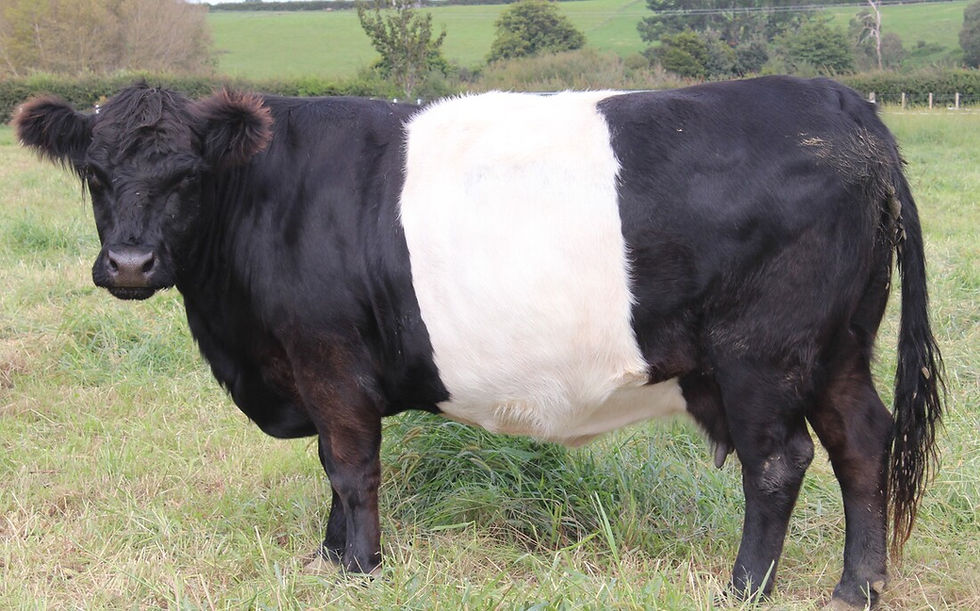The Jersey Cow
- Sharon Cain

- May 23, 2024
- 3 min read
The Jersey cow is a specialist dairy breed, originating from the British Channel Island of Jersey dating back to the early 1700’s.
It distinguishes itself by its brown colour and black feet and is smaller in stature compared to other dairy breeds, but this has its benefits along with many other factors which contribute to its popularity.
The first pedigree Jerseys to arrive in New Zealand were two cows and a bull, brought to Whanganui in 1862 by Thomas Syers. They became a popular breed and Taranaki was the first Jersey province in the country. Today, New Zealand has the largest population of Jersey cows in the world, and they represent 7.6% of all milking cows across the country.
Among the characteristics of these charming cows is their ability to tolerate the heat.
Susanna and Michael Booth, who milk 460 cows on their dairy farm at Waipapa in New Zealand’s far north, find this a great trait in their warmer climate. Susanna grew up with Jersey cows and has always liked them. They are her personal preference and she believes they are nice animals to have. “They get in calf easily and have no calving issues,” said Susanna. “It’s good to have a smaller cow considering the effect of the carbon footprint and they still do good production,” she said.
Susanna said the Jersey community is great; the association and the people you meet.
Jerseys also hold a close place to the heart for fifth generation farmer, Letitia Horn, who manages the family farm near Fielding, milking 220 cows. “You can’t deny their character”, said Letitia. “They have so much more charisma and are much more friendly.”
One of the biggest stand-outs Letitia has seen is the ability of the Jersey to never give up, no matter what.
Jerseys are known to be more productive from less stress and injury, do less pugging damage due to their weight and are less likely to get mastitis compared to those of heavier breeds. The average size of a Jersey cow is about 400-450kgs. Jerseys are known for their high feed conversion efficiency and perform well under a wide range of systems. This enables the farmer to carry a larger number of Jersey cows per hectare due to their lower body weight and lower maintenance requirements, making them an economic unit. They are significantly more fertile under a high-stocking rate and are most tolerant to a once-a-day system.
They also have a longer life expectancy due to reduced foot and leg problems.
It has been proven conclusively that the Jersey cow produces an average of 8% more milk solids per kilogram of dry matter, 1-2% more protein and 11-13% more fat, making them the most efficient of the three main breeds.
The milk has a richness with a high butterfat content and a higher concentration of proteins and minerals. This contributes to the Jersey’s rich creamy milk and superior taste which is perfect for creating specialised yoghurts, cheeses, and creams.
In the late 20th century Jersey cows were bred with Holstein-Friesian cows, with the idea of producing a medium range cow combining the best characteristics of both the breeds. In 2005 it was established as a separate breed, Kiwicross, and is now the largest breed of cows in New Zealand, representing 59.2% of milking cows.








